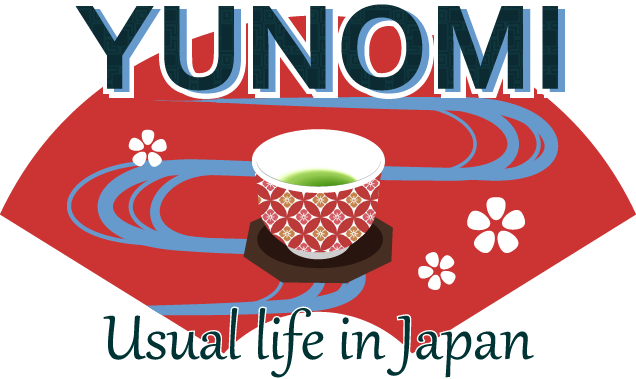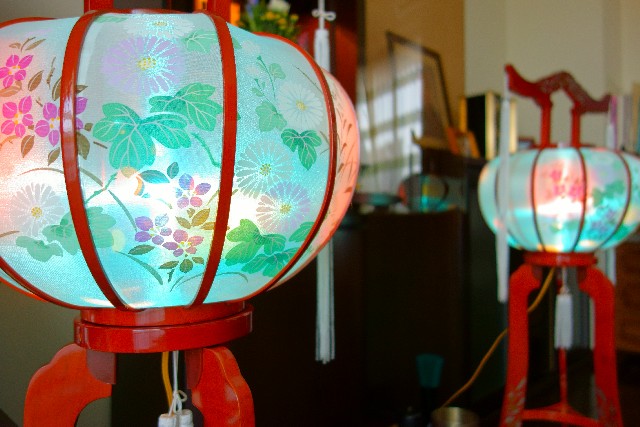‘Obon’ is a certain period of time in the middle of August where majority of Japanese will be engaged with ancestor-related rituals, basically in their home town.
This is a Buddhist event occurring from the 13th to 16th of August.
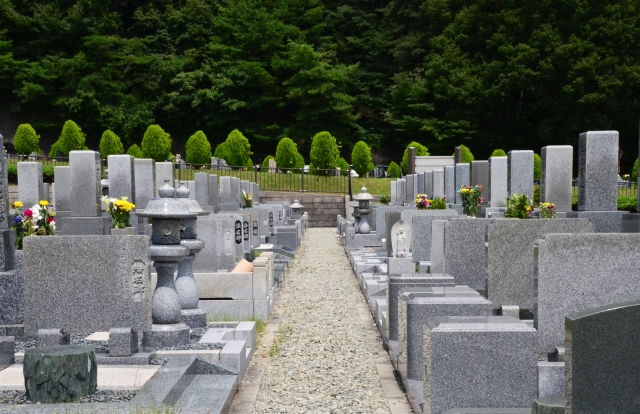
Obon is said that it’s the time the ancestors come back to visit their family. Actual rituals are totally different depends on the areas and regions. In some Tokyo area, for example, in the evening of the first day of obon period, family visit the ancestor’s grave, holding unlit lanterns.
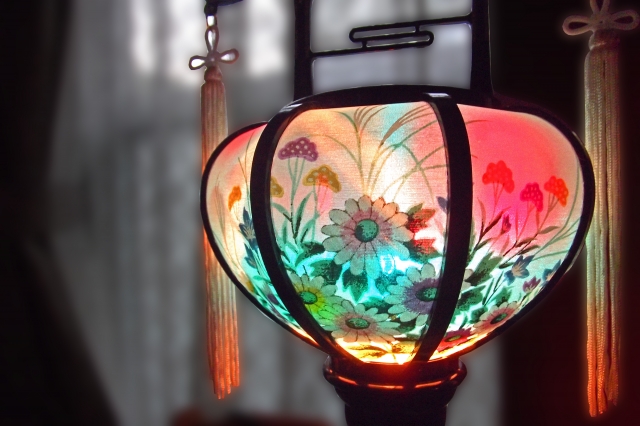
Lanterns are only lit at the grave and carried to the home. This means to guide the ancestors to reach home by following the lights. Then the last day of the period, you will do vice versa to lead them back to the grave.
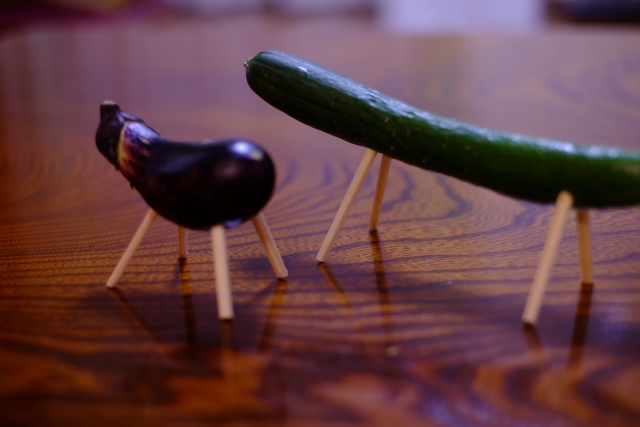
Syoryoma
In some areas, people display a cucumber to which four tiny sticks are stubbed to represent a horse, while the same is done for an eggplant to represent a cow. These items are to express the wish for ancestors to come back as fast as a horse and leave from home as slow as a cow.
”Syoryoma” decorate it during the "OBon" period.
After that, do not eat eggplants and cucumbers, they will flow in the river or the sea or seem to fill in the soil.
When putting out as garbage, let's clean it with salt and wrap it in a blank sheet before putting it out.
Everyone moves
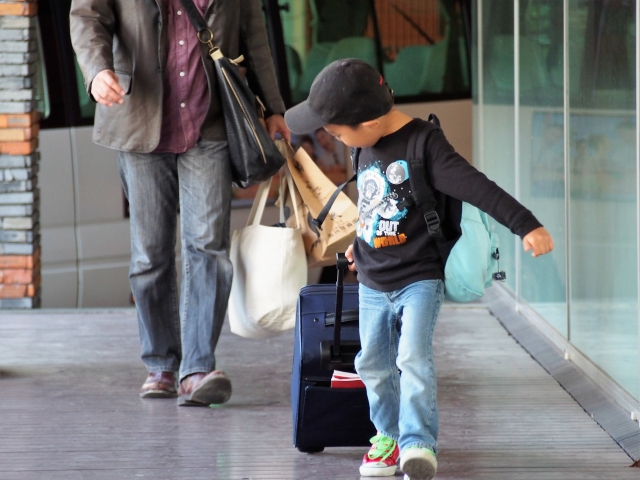
To welcome ancestors back home, majority of people make a huge move to their home town all at once: obon is also an extremely heavy traffic time.
People will not go back home free hands. They will carry a big luggage filled with souvenir for the family and friends whom they will be meeting there. A lot of reunions will take place. Even the depopulated regions will be enlivened once again. Therefore, it is a suitable time for the big festivals to be held!
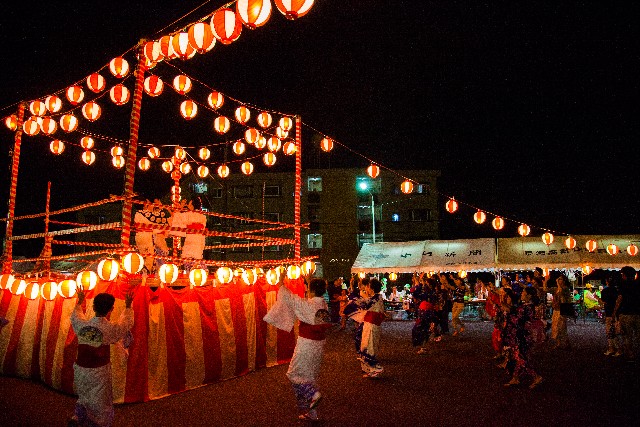
Actually, there are many festivals, from world-famous major ones to small local-based ones, scheduled during the obon season in all over Japan.
In some areas, you also can be held Bon folk dance.
